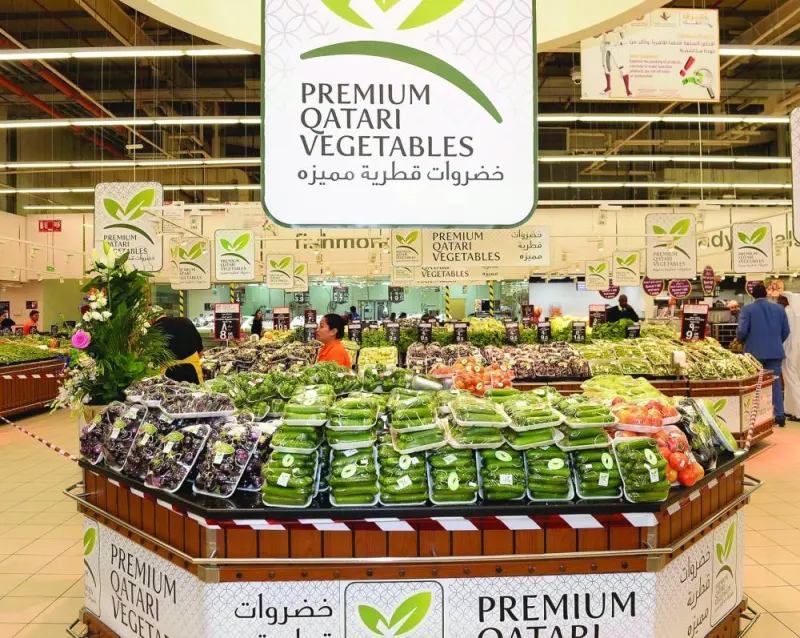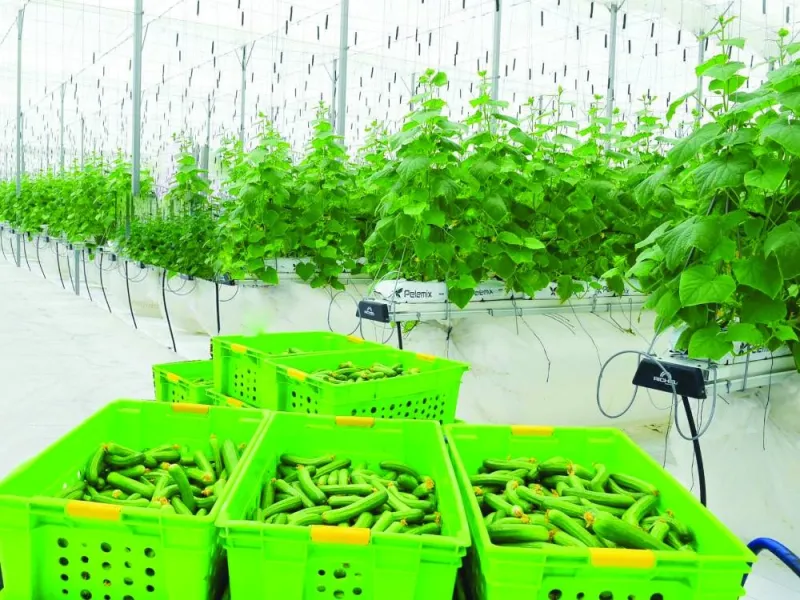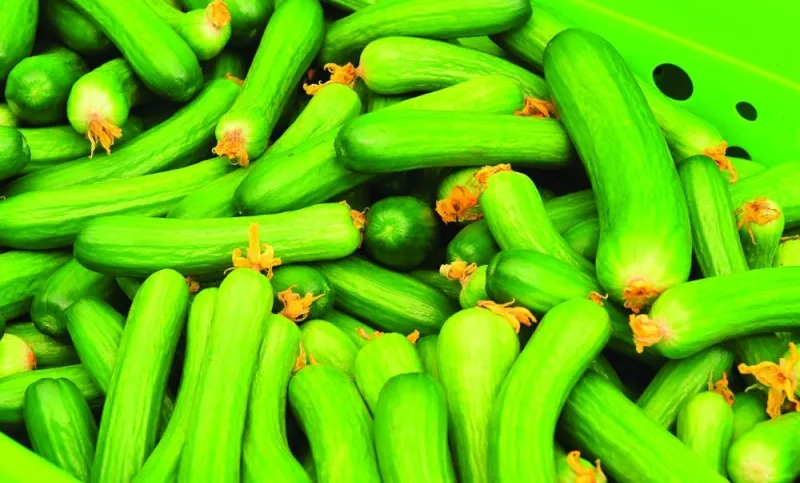Qatar has achieved remarkable growth in vegetable self-sufficiency with the efforts of the Ministry of Municipality yielding results. Adel al-Yafei, Assistant Director of the Agricultural Affairs Department at the ministry, recently told Qatar Radio that the self-sufficiency rate of vegetables reached 46% in 2023 while it stood at 10% in 2017.
“The ministry had contacted Hassad Foood for marketing support and providing agricultural services to local farms in production. With the support of Hassad, the ministry runs two programmes for agricultural services and marketing services. These are to help farmers increase production and proper marketing of local products,” al-Yafie said.
Named Agricultural Services and Inputs Programme, the programme aims to develop the local agricultural sector and to achieve food security in the country. This comes as part of Hassad's investment strategy and the ministry’s vision to develop the local agricultural sector and achieve self-sufficiency. The programme focuses on developing agricultural practices and services to increase the agricultural season's duration, as well as reach the highest productivity per sqm.
The programme targets local farms to provide them with the needed agricultural services and inputs, as well as co-operate with the local farmers to develop the farms' infrastructure to maximise the subsidy value provided by the ministry.
According to the ministry official, the agricultural census was completed this year with the Survey Research Institute to develop future agricultural plans and develop agricultural production.
“The ministry is working to increase the self-sufficiency rate of vegetables in Qatar, preserve natural water resources and help with the quality of the product. The focus is on basic vegetables such as courgette, okra, tomatoes, cucumbers, peppers and green leaves to raise self-sufficiency rates in these crops. Other products are not neglected as well.
“During the peak period of farming, from the beginning of January to the end of April, these crops may achieve a sufficiency rate from 90% to 100%,” he said.




Adel al-Yafei, Assistant Director of the Agricultural Affairs Department at the Ministry of Municipality

